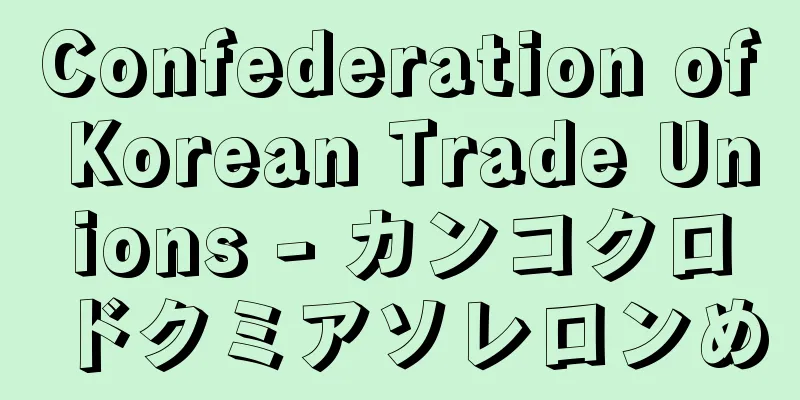Courtier - Tenjobito

|
A person who was allowed to enter the Seiryoden Palace in the Emperor's regular palace. In the narrow sense, it refers to those who are given the name of the "Denjo no Ma" (the palace's room) of the palace, excluding princes, nobles, and procurers, and are in charge of the Emperor's errands and night duty, and are of the fourth, fifth, or sixth rank (including Kurodono no To and Kurodo). They are also called Unkaku, and although they are of a privileged status, because they are close attendants to the Emperor, they are replaced when the succession comes. There is also a custom of leaving the palace when a person is promoted in rank, and in that case, they are allowed to continue entering the palace, which is called Gensho. They may also be prevented from entering the palace due to negligence. According to the Saigu-ki (Volume 10, Palace Personnel), the number of members was around 30, but it increased in later generations. There was also a system of Warawatenjo, where young aristocrats were allowed to enter the palace. In the early modern period, they were called Tosho. There were also Rein and Togu no Tenno. [Nobuo Kuroita] Source: Shogakukan Encyclopedia Nipponica About Encyclopedia Nipponica Information | Legend |
|
天皇の常御殿の清涼(せいりょう)殿に昇殿を許された人。狭義にはそのうち親王・公卿(くぎょう)・受領(ずりょう)などを除き、同殿の「殿上の間(ま)」の簡(ふだ)に名を付され、天皇側近の用事や宿直を勤める四位・五位・六位(蔵人頭(くろうどのとう)や蔵人を含む)をいう。雲客(うんかく)などともいい、特権身分であるが、天皇に近侍する性格上、代替わりには入れ替えが行われる。また官位の昇進に伴い殿上を去る慣例もあり、その際引き続き昇殿を許されるのを還昇(げんしょう)という。過失により昇殿を止められる場合もある。員数は『西宮記(さいぐうき)』(巻10・殿上人事)によれば30人前後であるが、後世は増加した。貴族の年少者を昇殿させる童殿上(わらわてんじょう)の制もあった。近世では堂上(とうしょう)と称した。なお院・東宮の殿上人もある。 [黒板伸夫] 出典 小学館 日本大百科全書(ニッポニカ)日本大百科全書(ニッポニカ)について 情報 | 凡例 |
>>: Ambush at the Imperial Court
Recommend
sun and moon shell
...Bivalve mollusks of the Pectinidae family (ill...
Ermland
…the name of a region in northern Poland that rou...
Xi-ru er-mu-zi (English: Xi-ru er-mu-zi)
A Chinese phonological book written by French Jesu...
Ohataki
...A food made by soaking raw rice in water to so...
Jokyo calendar
One of the Japanese calendars. In Japan, since th...
Nepal Valley
A basin in central Nepal that includes the capital...
Oiransou - Oiransou
→ Phlox Source : Heibonsha Encyclopedia About MyPe...
Modena (English spelling)
Modena is the capital of the province of Modena i...
Chahamana (English spelling)
…A dynasty in the Rajasthan region of India, coun...
Throwing a fan
…One of the Japanese games. It is also called &qu...
Reckless, WC (English spelling) RecklessWC
...The latter theory is that criminal behavior, l...
Haptophyceae - Haptosourui (English spelling)
A class of plant classification established by T. ...
Miwa [village] - Miwa
A village in Naka County, northern Ibaraki Prefect...
Product classification - Product classification
There are various ways to classify goods depending...
Nagata Tokuhon
Dates of birth and death unknown. A physician fro...









